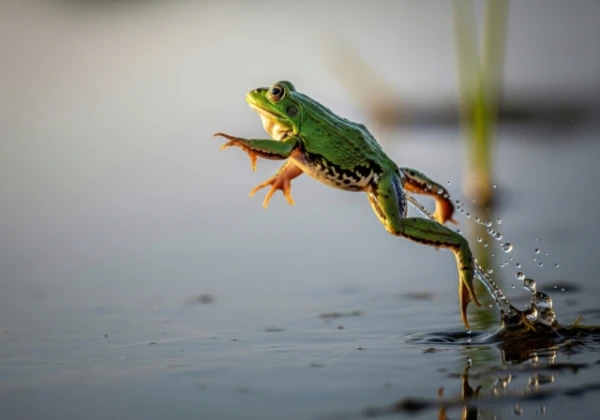
Frogs are not at the top of the food chain. In fact, the list of those who feed on them is quite impressive. These amphibians are part of the diet of many animals from different ecosystems.
Who feeds on frogs:
Birds: herons, storks, crows, hawks, ducks.
Reptiles: garter and water snakes, monitor lizards, tegus.
Mammals: skunks, raccoons, otters, badgers, wild boars, some primates, cats, dogs, humans.
Aquatic predators: perch, trout, catfish, crayfish, large snails, water beetles, dragonfly larvae, and other aquatic insects.
Amphibians: frogs eat other frogs, and this is not uncommon. This phenomenon is widespread among African and American bullfrogs. Large individuals often eat smaller ones, especially when food is scarce. Even tadpoles can eat each other — this is a survival strategy in low-nutrient conditions.
Frogs play an important role both as predators and as prey. They regulate insect populations, serve as food for birds, reptiles, mammals, and fish, and also provide energy transfer between aquatic and terrestrial environments.
The decline in frog populations is a troubling signal. Habitat destruction, pollution, invasive species, and climate change contribute to their disappearance.
Protecting the habitats of these amphibians is essential for maintaining ecological balance. Frogs are an important link in many food chains, and their presence ensures the survival of many other animals.

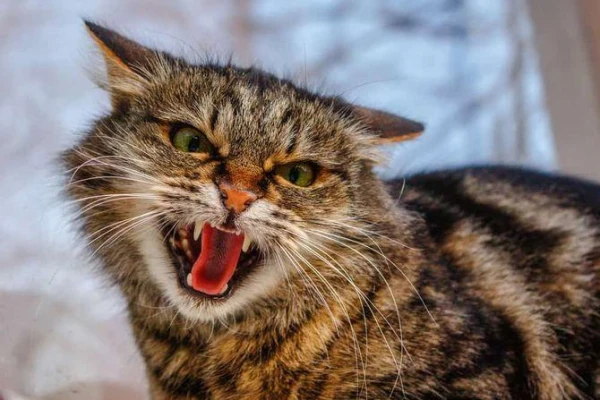
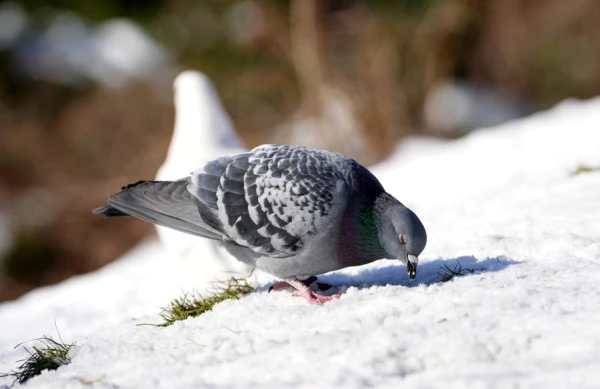
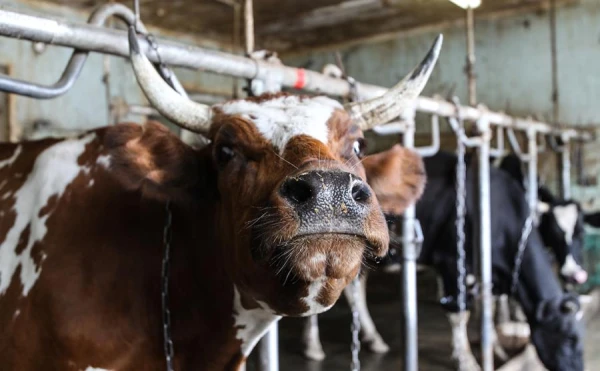


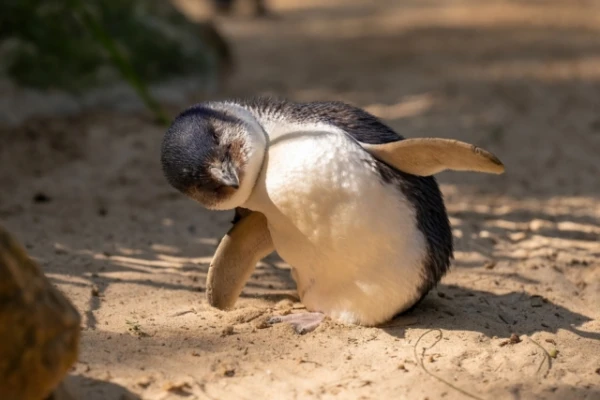
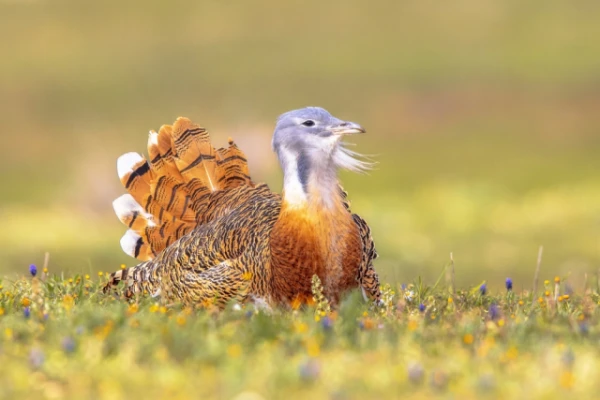
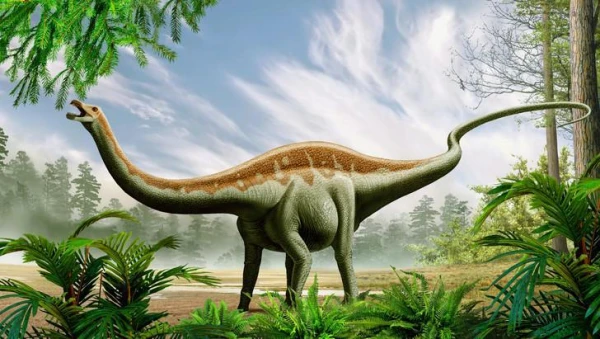






Leave a comment